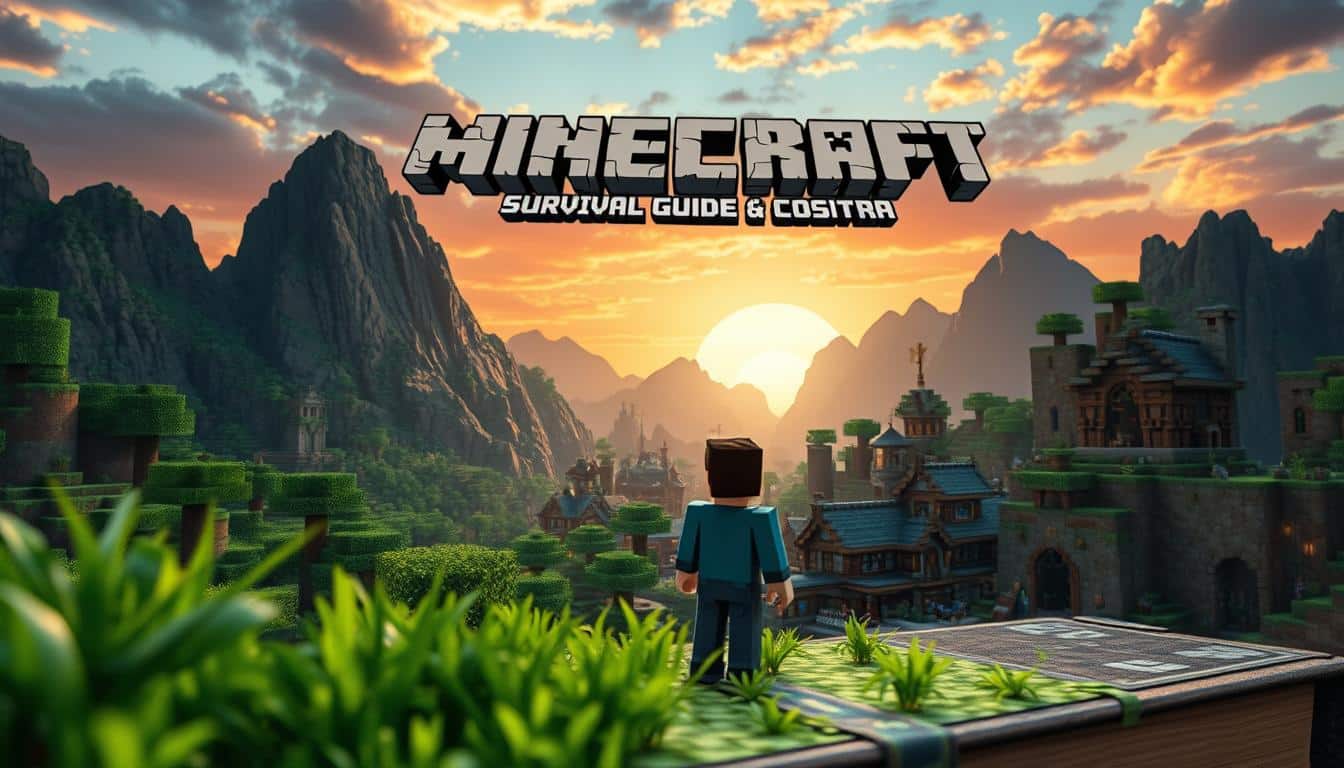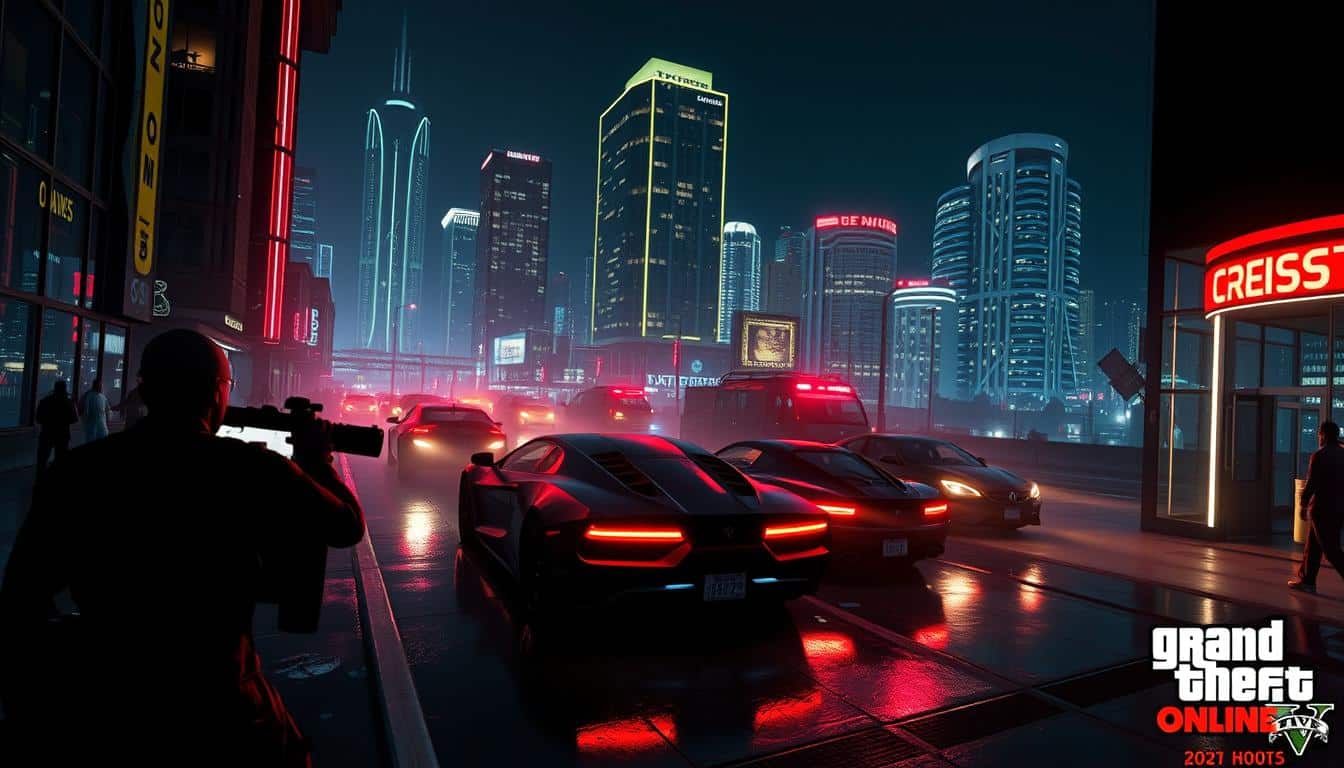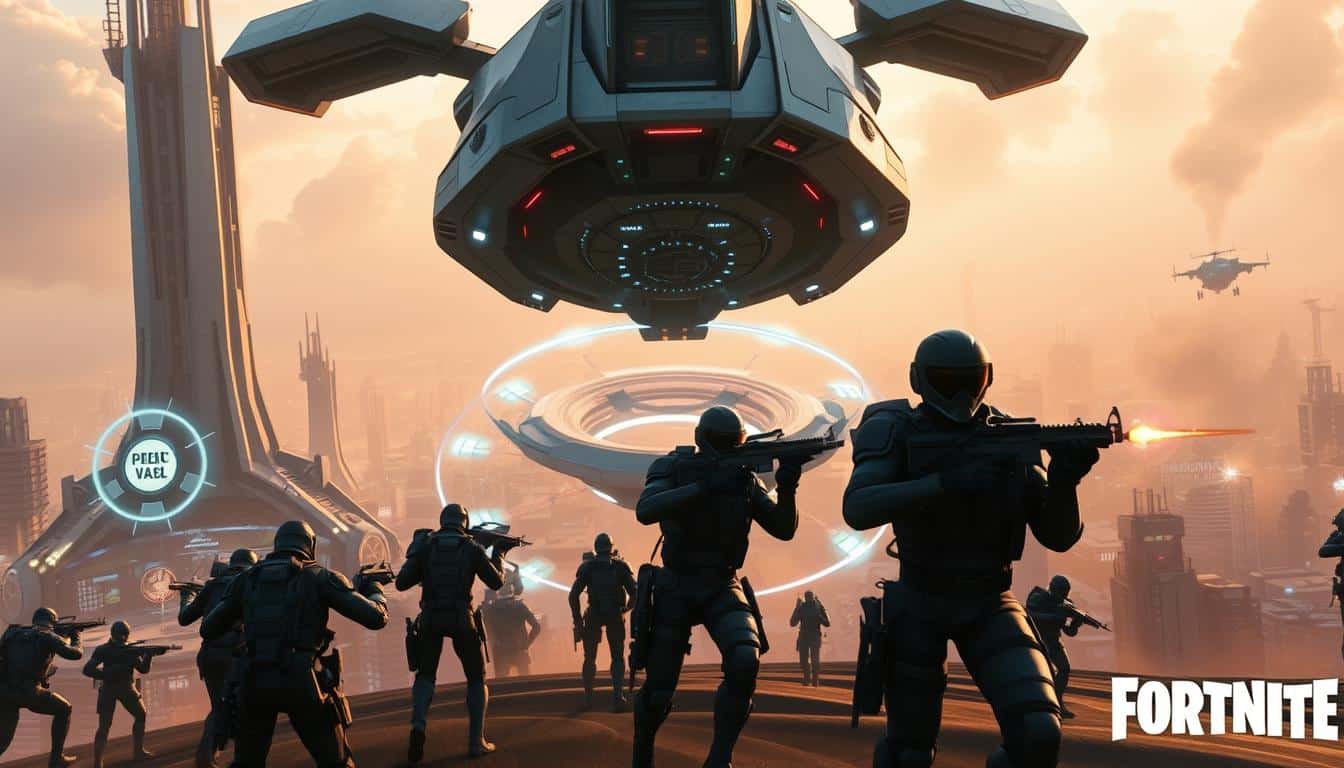This short Warzone masterclass kicks off a practical Call of Duty Warzone Strategies to Dominate Your Opponents guide designed for US players who want real results. Whether you play casually or compete on a team, this Warzone tips primer lays out the scope: mindset, settings, loadouts, map knowledge, gunplay, teamplay, utilities, Gulag tactics, and improvement systems.
Read sequentially to build a complete skill stack or jump to a section like settings, Gulag, or teamplay for targeted help. Expect clear, friendly advice that improves decision-making, raises your win rate, tightens team coordination, and speeds skill gains with concrete adjustments to settings and loadouts.
Anúncios
This Warzone guide blends pro-level habits with current best practices so you can apply changes right away. Use these Warzone tips to refine routines, avoid common pitfalls, and learn how to win Warzone more often through better choices and simple drills.
Key Takeaways
- This Warzone masterclass covers mindset to mechanics for consistent wins.
- Follow the full guide or jump to specific sections like settings or Gulag.
- Small, targeted changes to loadouts and settings yield big results.
- Teamplay and map awareness are as important as raw aim.
- Apply these Call of Duty Warzone Strategies to Dominate Your Opponents to improve fast and reliably.
Why Warzone Mindset Matters for Consistent Wins
Winning in Call of Duty Warzone starts in the head. A strong Warzone mindset turns tight firefights into calm executions. It helps with quick reads, steady aim, and better rotations when the circle forces movement.
Developing a winner’s mentality
Think of a winner’s mentality as steady habits: patience, smart risk assessment, post-game reflection, and focusing on process over outcome. Pros at FaZe Clan and Natus Vincere stress routines that reduce mistakes and keep performance consistent.
Build pre-match checklists: warm-up aim drills, verify settings and ping, and set a clear match goal like surviving to the top 10 or supporting a carry. Small rituals prime your focus and cut down random errors.
Managing tilt and in-game decision making
Tilt often follows back-to-back deaths, bad loot RNG, or teammates making errors. Recognize those triggers early to stop a losing streak before it snowballs.
Use short breathers between matches, mute toxic chatter, and reset with a simple in-game ritual like repositioning or switching loadouts. These actions restore calm and sharpen the mental game Warzone requires.
For decision making in Warzone, gather sound cues, ping data, and minimap hints. Evaluate risk versus reward quickly, then commit or disengage. Aim for a 3–5 second decision window under pressure to avoid paralysis by analysis.
How map awareness improves survival and rotations
Map awareness means knowing the circle, enemy hotspots, common rotation lines, loot clusters, and vertical play. Watch the circle early and plan exits before you are forced to move.
Track UAVs, recon gadgets, and loud killstreaks to infer enemy positions. Use the minimap and footsteps to spot threats before they spot you. Good map awareness leads to safer rotations, fewer surprise fights, and more consistent endgame positioning.
Essential Settings and Loadout Optimization for Peak Performance
Small tweaks to Warzone settings and loadouts deliver big gains. Start with a clear plan: lock in sensitivity settings you can repeat, tidy the HUD, and pick loadouts that match your role. Test changes over a week to form muscle memory before moving on.
Controller tips: For scoped aim, set scoped sensitivity lower than ADS. A good starting point for target acquisition is 6–8 on both vertical and horizontal. Reduce thumbstick deadzone to cut drift. Keep aim assist active and learn its feel rather than fighting it.
Mouse and keyboard tips: Choose CPI between 400 and 1600 to match your desk space. In-game sensitivity around 0.07–0.12 is a common baseline. Use a consistent mouse pad and 1000Hz polling rate when possible. Change sensitivity slowly and stick with each setting for 1–2 weeks to build consistency.
Best controller and mouse/keyboard sensitivity tips
Record your preferred setup and test in a practice range. Small, incremental shifts are easier to adapt to than big jumps. Keep both low- and high-speed flicks in mind when dialing sensitivity settings.
Configuring HUD, audio, and minimap settings
Trim HUD clutter so objective markers and teammate icons stay visible without blocking sightlines. Scale the UI to keep critical info readable on your monitor or TV.
For audio, use stereo or surround tech like Dolby Atmos or Windows Sonic for positional cues. Raise effects and master volume above music and voice chat to hear footsteps and gunfire first. Turn on directional sound options if available.
Set the minimap to the orientation that fits your playstyle: rotating with the player helps with immediate direction, north-up helps with long-term planning. Adjust zoom to show nearby threats. Enable enemy ping markers and threat indicators for quicker reactions.
Loadout basics: primary, secondary, and perks that win matches
Pick a primary that suits your engagement range. Assault rifles work for medium fights, SMGs for close quarters, and marksman/snipers for long-range control. Carry a reliable secondary like a handgun or a launcher to cover emergencies and vehicles.
Choose perks to round out your playstyle. Ghost keeps you off UAVs and heartbeat sensors. Overkill lets you carry two primaries during rotations. Amped shortens weapon swap times for clutch exchanges. E.O.D. and Double-Time are strong choices for toughness and mobility depending on your role.
Prioritize attachments that tame recoil, boost ADS speed, and offer clear optics. Follow manufacturer trends and current meta weapons, then tweak attachments to suit recoil control and aim responsiveness.
Call of Duty Warzone Strategies to Dominate Your Opponents
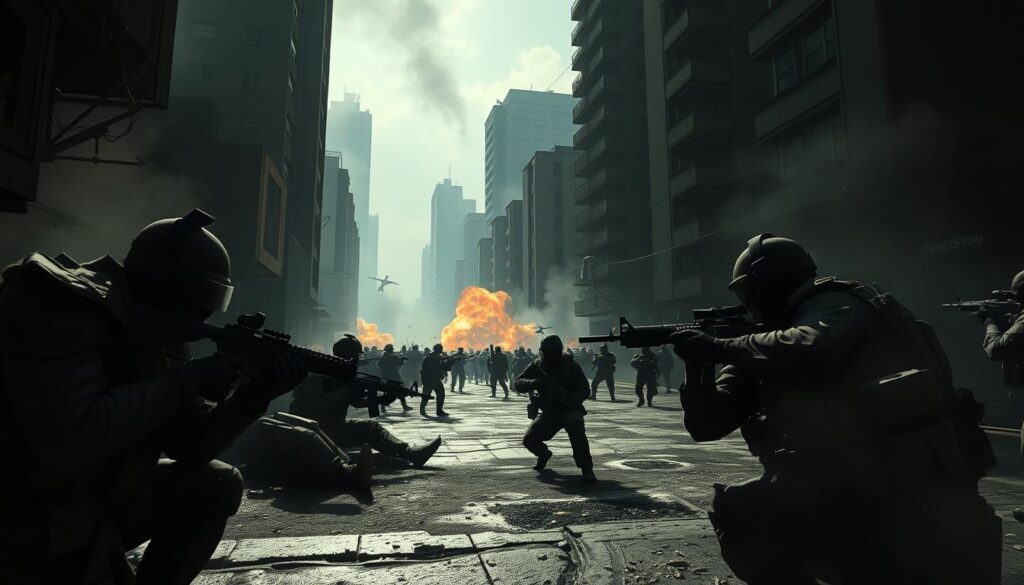
Mastering early choices sets the tone for every match. Use a clear drop zone strategy that matches your squad’s playstyle. Choose hot drops when you want fast loadouts and quick fights. Pick quieter zones when you need to stack armor and loot without early pressure.
Consider squad composition, UAV or recon intel, gas direction, and nearby buy stations when you pick a landing spot. If your goal is rapid loadout access, favor areas near loadout drop points. When you land, secure high ground, clear buildings methodically, and control exits to avoid being trapped.
Drop zone strategy matters most in early game Warzone. Clear rooms one at a time and keep doors closed behind you. Assign one player to watch exits so teammates can loot quickly and move with plate swaps ready.
Loot prioritization should be practical and fast. Grab armor plates first, then a reliable primary, followed by a solid secondary. If gas or revives are a threat, pick up a gas mask or self-revive. Share ammo and plates to cover team gaps and keep a spare launcher or sniper rounds for vehicles and long engagements.
Economy management requires planning. Balance spending between UAVs, self-revives, and loadout drops. Save at least one buy for the late game to secure plates, a UAV, or redeploy. Use buys to shift momentum when your team needs a second wind.
Late-game rotations demand foresight. Predict the circle and begin moving early to avoid being funneled by gas or crossfire. Use natural cover and high ground to approach the final ring with advantage. Avoid being the first team into tight compounds without scouting information.
When you rotate, use smoke, stuns, or vehicles to mask movement and maintain spacing to prevent multi-man wipes from explosives. Keep small formations and stagger approaches so one hit doesn’t end the squad. Prioritize lines of retreat and control sightlines as you close on the circle.
| Phase | Primary Focus | Key Actions |
|---|---|---|
| Drop & Landing | Positioning | Match drop zone strategy to squad, secure high ground, control exits |
| Early Game | Loot Prioritization | Grab plates, primary, secondary, gas mask/self-revive; share resources |
| Mid Game | Economy Management | Balance UAVs, loadouts, and saves; keep one buy for late-game needs |
| Late Game | Rotations & Positioning | Predict circles, use cover and utilities, maintain spacing to avoid wipes |
Advanced Gunplay: Recoil Control and Engagement Tactics
Sharpening aim and decision-making lifts your squad beyond raw aim. This section breaks down weapon roles, trains recoil control Warzone techniques, and outlines engagement tactics you can use every match.
Understanding weapon classes
Assault rifles offer mid-range versatility and steady time-to-kill. SMGs excel in close quarters with high mobility but trade range and bullet damage. LMGs bring sustained fire for suppression and area denial while using more ammo. Sniper and marksman rifles punish long-range mistakes with one-shot or high-damage hits.
Pick loadouts that cover these gaps for your team. One player can hold long-range sightlines while another plays entry and clears buildings. Think about mobility versus range, TTK differences, and ammo use when assigning roles.
Recoil patterns and practical drills
Most weapons start with a vertical climb and then drift horizontally. Learn to pull down to counter vertical recoil, and apply small lateral corrections for horizontal drift. Test each gun to map its unique pattern.
Practice drills: tap fire at range for long guns, controlled bursts for mid-range, and full-auto recoil compensation for close fights. Use firing range and custom lobbies to measure progress with and without attachments.
Aim trainers such as Aim Lab or Kovaak’s help tracking and flick skills that transfer to real distances. Record sessions to spot consistency issues and tweak sensitivity or attachments accordingly.
When to peek, prefire, and disengage
Peek mechanics matter in tight fights. Use shoulder-peek and jiggle-peek to bait shots and reveal enemy position while minimizing exposure. Combine peeks with crouch or prone to alter hitbox and confuse aimers.
Prefire common angles when you have reliable intel, like sound cues or teammate callouts. Avoid blind prefire in highly variable spots; wasted bullets give away position and cost plates.
Disengage when numbers or resources are against you, such as when low on plates, ammo, or when outflanked. Use flash, smoke, or cover to break sightlines and relocate. Good retreats reset the fight on your terms and improve long-term survival.
- Mix weapon classes Warzone across the team to cover all engagement ranges.
- Drill recoil control Warzone regularly to shorten learning curves and boost confidence.
- Refine peek mechanics and engagement tactics to turn close calls into wins.
Teamplay and Communication Techniques to Carry More Matches
Great squads win by design. Clear voice and smart ping usage Warzone turn chaotic fights into coordinated pushes. Start with short, exact phrases like “two left window, third floor” and pair them with pings to mark enemies, loot, or danger zones. Standardize team callouts for buildings and landmarks and use compass bearings for extra precision.
Effective ping usage and callouts
Use pings to tag enemies, vehicles, and items when voice is limited. A single ping can show a doorway or a supply drop before you speak. Keep spoken callouts tight: position, number, and action. Positive reminders about focus and resupply improve morale and cut down on toxic chatter.
Role assignment and complementary loadouts
Assign practical roles: an entry fragger to lead, a support/rotator to backfill, an anchor for long-range cover, and a utility specialist for equipment and recon. Match loadout roles to these tasks. One teammate carries a sniper for overwatch, another uses an SMG for close quarters, and the third runs a versatile AR with smoke and stun options.
Revive and buyback coordination under pressure
Revive coordination matters during high pressure. Secure a safe window or use smoke and plate swaps to reduce risk when reviving. Keep one teammate holding funds and sequence purchases so buy stations are used efficiently. Prioritize UAVs or defensive field upgrades before re-entering hot areas.
Quick plate swaps, shared ammo, and role-aware loadout roles help teams patch gaps on the fly. Train revive coordination in lower-stakes matches to make clutch moments routine. Small habits in communication and resource management separate consistent squads from the rest.
Map Mastery: High-Value Zones and Rotation Routes
Mastering the map starts with simple observations. Watch where streamers drop and track player density to learn hot spots. Use that knowledge to shape safer paths and make smarter choices when the loadouts and cash matter most.
Identifying hot zones and safer loot routes
Heatmaps reveal popular POIs with heavy traffic and rich loot. Cross-reference those spots with proximity to buy stations and helicopter spawns to spot truly high-value zones Warzone players fight over.
Start with less-contested buildings, sweep rooftops and alleyways, then enter the main POI. That approach secures essentials and lowers early firefights.
Track patch notes and watch pro streams to update your routes. Loot distribution shifts often, so adapt rotation routes when new weapon drops or stash placements appear.
High-ground control and choke point strategies
High ground improves sightlines and gives better recoil control in fights. Hold elevated positions for overwatch, then trade angles with short, controlled bursts to win engagements.
Choke points Warzone maps create natural funnels. Bridges, narrow corridors, and building exits work best for ambushes. Use explosives and pre-aim to punish teams that take forced paths.
Assign a teammate to cover likely flanks to reduce exposure. High ground is powerful, but it can be undermined by unseen approaches if you leave it unguarded.
Using vehicle and foot rotations to stay ahead of the gas
Vehicles let you close long gaps fast. Choose an ATV for rocky terrain and a truck for armored moves across open roads. Stop short of the final zone, then move on foot to avoid noisy detection.
Foot rotations work best along covered routes. Use smoke and stuns to cross open fields, and time movements with the circle shrink to limit clashes. Combine vehicles and footwork: drive close, then stealth the last stretch.
| Situation | Preferred Route | Key Tactics |
|---|---|---|
| Early game, low contest | Edge POIs → rooftops → main compound | Loot essentials, avoid hot drops, scan buy station range |
| Mid game, rotating to safe zone | Covered alleyways → building corridors → high ground | Use smoke for open crossings, clear choke points, keep one scout |
| Late game, dense circles | Vehicle to outskirts → foot approach → secure high ground | Park away from sightlines, finish on foot, hold flanks |
| Clash near bridges or narrow exits | Flank route → explosive denial → fallback to roof | Set traps, use throwable explosives, maintain escape plan |
Winning the Gulag and One-on-One Clutch Situations
Gulag fights and solo clutches test raw skill and quick thinking. Learn common layouts, adapt your movement, and use equipment to tilt fights in your favor. Practice these elements to raise your win rate in tight, high-pressure encounters.
Common Gulag layouts and winning tactics
Many Gulag layouts feature a central lane with side cover and raised sightlines. Control the center cover to limit your opponent’s angles and force them into predictable sightlines. Use corners to reset peeks and bait prefire lines. Learn weapon spawns so you can switch your approach when you find an SMG versus an AR.
If the opponent plays passive, time a push after a sound cue or a missed shot. If they are aggressive, bait a wide peek and punish with a headshot. Practicing these Gulag layouts will give you an edge in recurring choke points and spawn patterns.
Clutch mindset and movement techniques for 1v1s
Stay calm and control your breathing. Keep crosshair placement at head level and avoid panic strafing. Use short strafes and quick counter-strafes to allow accurate follow-up shots while breaking prediction.
Mix crouch and stand to disrupt aim reads without exposing yourself for long. Listen for reloads and footsteps; timing these audio cues often wins a 1v1 clutch Warzone moment. Train to limit exposure while keeping movement techniques unpredictable.
Using equipment and stuns to secure kills
Stun usage Warzone is vital in cramped fights. A well-timed stun or flash can blind an opponent and create a safe window to push. Practice quick equip and throw sequences so you can deploy grenades or stuns in under a second.
Use lethal gear to clear cover. Frag grenades punish camping spots, while thermite or molotov can deny space on some maps. Combine utility with movement techniques to force repositioning and close fights on your terms.
Apply these tips in regular play and custom lobbies. Mastering Gulag tactics Warzone, 1v1 clutch Warzone setups, Gulag layouts, stun usage Warzone, and smart movement techniques will make you a consistent threat in one-on-one battles.
Utilizing Killstreaks, Field Upgrades, and Utilities Effectively
Smart equipment choices tilt fights in your favor. Learn to match tools to roles. A balanced team that mixes offense, recon, and defense wins more rotations and late-game skirmishes.
Choosing the right killstreaks for your playstyle
Classify options by role: UAVs give persistent intel, airstrikes punish clustered enemies, and care package-style support boosts survivability. Aggressive players gain from offensive drops like cluster strikes. Support players should buy UAVs and counter-UAVs to keep the squad informed.
Time your activations during rotations or when enemies are forced to reposition. Avoid wasting a major strike on a fleeting skirmish. Use Warzone killstreaks to break fortified positions or to push a third-party advantage.
Best uses for deployables, trophy systems, and heartbeat sensors
Deployable cover buys seconds in open areas and can deny sightlines near bridges and rooftops. Place them at chokepoints late in the circle to funnel opponents where you want them.
Mount a trophy system Warzone on vehicles or a static tower to neutralize stun grenades and rockets. It protects buys and high-value positions when the team needs to hold ground.
Use a heartbeat sensor Warzone to sweep multi-room buildings before entry. Combine the sensor with a stun to make clearing safe and to confirm enemy counts for clutch pushes.
Combining equipment with team strategies for maximum impact
Coordinate killstreaks for synergy. Call a UAV before launching an airstrike to reveal clustered targets. This pairing increases the chance of multi-kills and forces rotations that your team can punish.
Match utility usage Warzone to roles: one player uses smokes for cover, another times stuns for entry, and a third places deployables to lock approaches. Plan buys so one teammate secures UAV while another buys plates or self-revive. This balance preserves intel and survivability.
Communicate placement and timing. A well-timed trophy system Warzone saves a vehicle push. A heartbeat sensor Warzone sweep followed by coordinated stuns clears rooms with minimal risk. Practice these combos in custom lobbies to make them second nature.
Analyzing Gameplay: How to Learn Faster and Improve Quickly
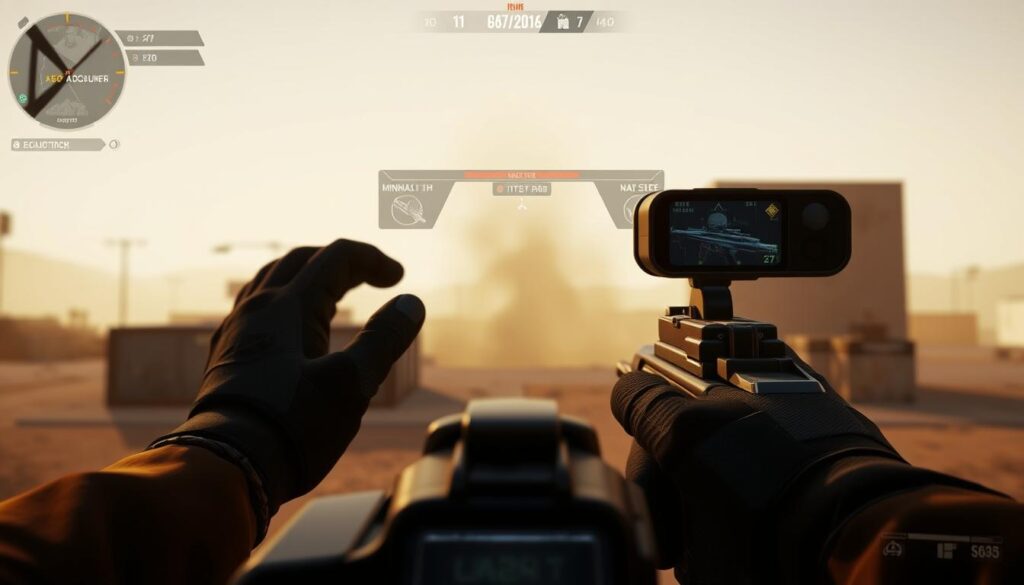
Start by capturing full matches with built-in console capture, NVIDIA ShadowPlay, or OBS. Save highlight moments you want to analyze Warzone gameplay and mark timestamps for quick review.
When you review Warzone matches, focus on clear goals. Look at rotations, the exact mistakes that led to death, endgame positioning, and team communication breakdowns. Use slow motion and timeline tags to isolate errors and repeat correct behaviors in practice.
Set up custom lobbies to rehearse common scenarios like building clears, 2v2 fights, and long-range holds. Run drills with your squad to practice rotations and callouts under pressure. This approach helps you transfer lessons from review sessions into live matches.
Use Warzone aim trainers such as Aim Lab or Kovaak’s to match in-game sensitivity and distances. Create routines that mix tracking, flicks, and target transitions. Add movement drills—slide-shooting, jump-shooting, and strafing—to build aim under realistic conditions.
Keep a clear system for tracking Warzone stats. Record K/D, damage per match, top-10 rate, win percentage, and average placement using in-game career tabs or stat trackers. Check trends weekly to spot weak points and successes.
Define specific Warzone improvement goals that you can measure. Examples: raise top-10 rate by 10% in six weeks, cut average deaths by one per match, or boost Gulag win rate by a set margin. Link each goal to drills and review tasks.
Review progress monthly and adjust practice focus based on your data and match reviews. Use the cycle of record, review, practice, and measure to speed learning and sharpen decision-making in future games.
Conclusion
This Warzone strategies conclusion wraps up the core pillars you need to dominate Warzone: a strong mindset, optimized settings and loadouts, smart drop and loot choices, advanced gunplay, coordinated teamplay, map mastery, Gulag proficiency, smart utility use, and ongoing game analysis. Each element feeds the others—better settings make gunplay easier, and clear roles make rotations smoother—so treat them as a single system rather than separate tricks.
For a clear Warzone improvement summary, take four actionable steps now: change one setting, run one drill for a week, assign roles with your squad, and review your next five matches for patterns. Small, consistent practice sessions build skill faster than sporadic grind. Track progress with simple metrics like kill/death ratio, damage per game, and successful rotations.
Improvement compounds. Make incremental adjustments, revisit sections when the meta shifts, and study pros like Scump or Aydan for situational ideas. Follow patch notes and community guides to keep strategies fresh. Use this Call of Duty Warzone Strategies to Dominate Your Opponents guide as a roadmap—return to specific sections when you need to refine aim, rotation, or team comms.
Stay patient and persistent. Apply one change at a time, measure its effect, and iterate. With steady effort and smart practice, you’ll see measurable gains and better match outcomes. Keep learning, keep adapting, and keep playing to truly dominate Warzone.
FAQ
What is the purpose of the Warzone Masterclass guide?
Who is the guide designed for?
What outcomes can I expect after applying these strategies?
How important is mindset for consistent wins?
How do I manage tilt and make better in-game decisions?
What settings should I optimize first for peak performance?
Which loadout perks and weapons are most reliable?
How should my squad pick a drop zone?
What should I loot first in the early game?
How do I rotate effectively into late-game circles?
What drills help with recoil control and tracking?
When should I peek, prefire, or disengage during fights?
How can my team communicate more effectively?
What roles should a three-player squad assign?
How do we coordinate revives and buybacks during high-pressure moments?
What makes a zone “hot” and how do I find safer loot routes?
How should I use vehicles versus foot rotations?
What are common Gulag tactics that win 1v1s?
How do I maintain a clutch mindset in 1v1 scenarios?
Which killstreaks and field upgrades should I prioritize?
How do I combine equipment with team strategies?
What’s the best way to review gameplay and improve quickly?
Which stats should I track to measure improvement?
How long should I stick with a settings or sensitivity change?
Can aim trainers really transfer to Warzone performance?
Any quick tips for surviving the endgame more often?
Content created with the help of Artificial Intelligence.

